Late 17th century or early 18th, Superb and rare octagonal box known as "sablé de perles" ("pearl sandblast" or "glas pearl shortbread"), decorated with a full-length woman and various rural landscapes.
The precious box is made up of recycled cardboard sides, handwritten ink in... Italian language, giving us a precious indication about its origin, certainly Venetian.
The structure is covered with an incredible mesh of tiny glass beads (reputed to measure only 1mm * 0.7mm !! each), connected to each other by an invisible lattice of silk threads, the only ones fine enough to be inserted into the orifice of each pearl.
We can easily imagine extreme difficulty of making these multicolored beads in blown glass with such a thin loop, sorting them by colors and then assembling them in a structure in order to draw such a fine and delightful pattern. This moving testimony of "grains of sand" patiently assembled and arranged on daily objects, give them an unusual refinement and preciousness.
These very rare and precious needleworks have generally French or English origin, from 18th or early 19th century.
Here, the woman's dress, as well as the octagonal shape of the box suggest better to be from Louis XIV period, i.e. late 17th or early 18th century.
"THE SAND TECHNIQUE" "LIKE GRAINS OF SAND"
"The shortbread technique, now extinct, remained a real mystery for a long time; it dates back to 17th century and consists of stringing and knotting tiny beads around silk threads forming geometric designs, flowers or figures.
The production is so rare that it is attributed to anonymous hands, convents or ladies of Nobility.
Intended from 18th century onwards for high society and sometimes also carried out by princely hands, it is also said that this art was taught, on the advice of the Marquise de Maintenon, to the boarders of the Royal House of Saint Cyr, responsible for the education of noble and poor young girls, creating purses, cases, notebook bindings or costume facings.
Late 17th, we see appear in France objects of total perfection, which will develop in 18th and continued mainly in England in 19th century.
Neither woven, knitted nor crocheted, there are no less than 155 tiny beads (0.7 mm 1mm) per square centimeter !
Used indiscriminately, the name "sandblasted" simply reminds us that the refined objects made of it are covered with pearls as fine as sand.
This meticulous work will be applied to some precious and elegant objects such as caskets, pouches, purses or purses, notebook bindings, necessary cases, even shoes or facings
Recent research has been able to establish with certainty that shortbread consists of a technique that combines threading and knotting, closer to certain lace stitches than to embroidery.
Arranged in a staggered pattern, the tiny beads form a tight mosaic. The threading is done on silk threads, arranged in a row respecting the desired pattern.
These threads are then stretched on a frame and the rows of beads are connected to each other by a knotted network that positions each bead and gives stability to the resulting fabric.
The decorative motifs are made of flowers, characters or animals, sometimes accompanied by a dedication."
Sizes 12,5cm hign by 7,5cm diameter
Good condition (plesae check joined photos)
Inside is lined with a red textile; the underside covered with an original 18th century embroidered silk textile panel.
*On this thema, the article published on Proantic magazine on 2016 may 20th
"Pearl Shortbread"
Sablé de Perles Le Magazine de Proantic
*Marie-Antoinette's Forum
Accessories made of "pearl sandblast" in the eighteenth century (forumactif.org)
Accessoires réalisés en "sablé de perles" au XVIIIe siècle (forumactif.org)
*please check finally also on last photo of the announcement, several exemples found in documentation, most of them drom prestigious collections and public instututions














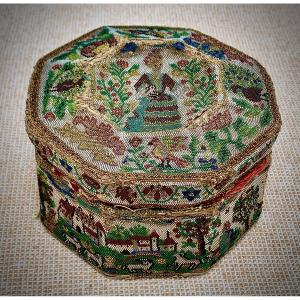













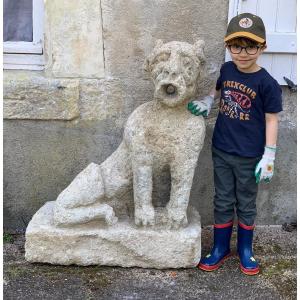


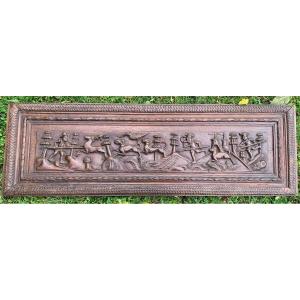
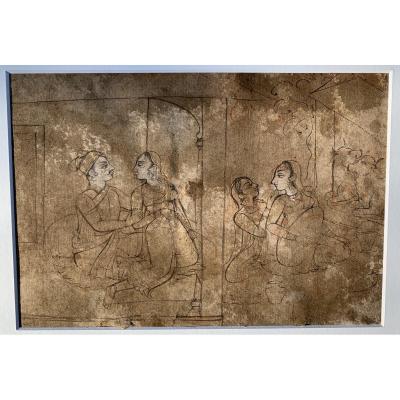
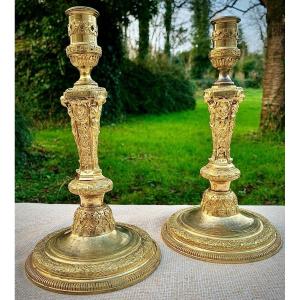
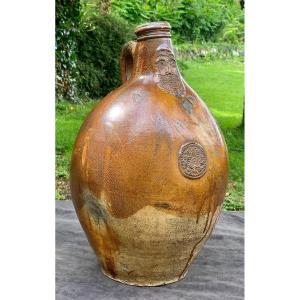
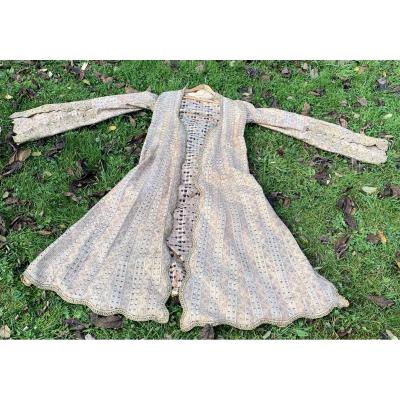





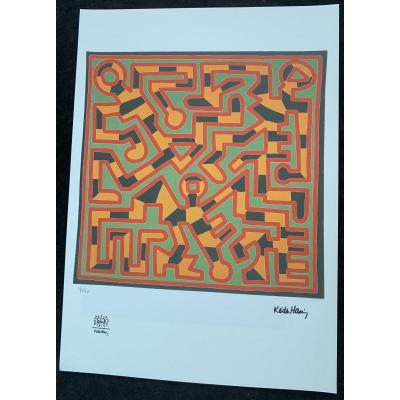
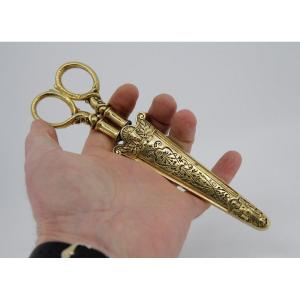



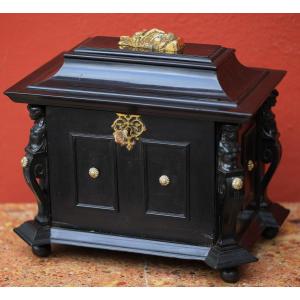



 Le Magazine de PROANTIC
Le Magazine de PROANTIC TRÉSORS Magazine
TRÉSORS Magazine Rivista Artiquariato
Rivista Artiquariato